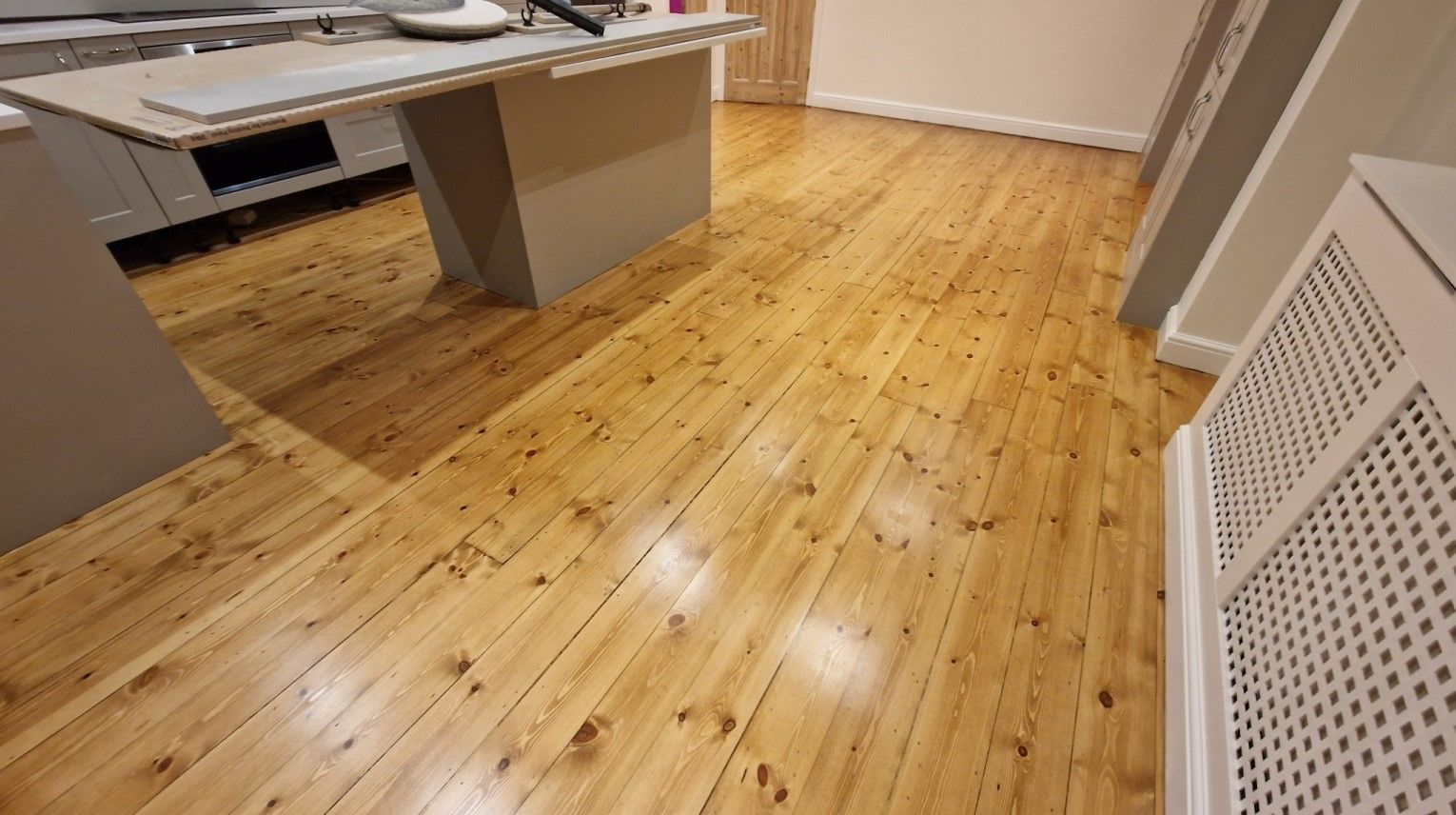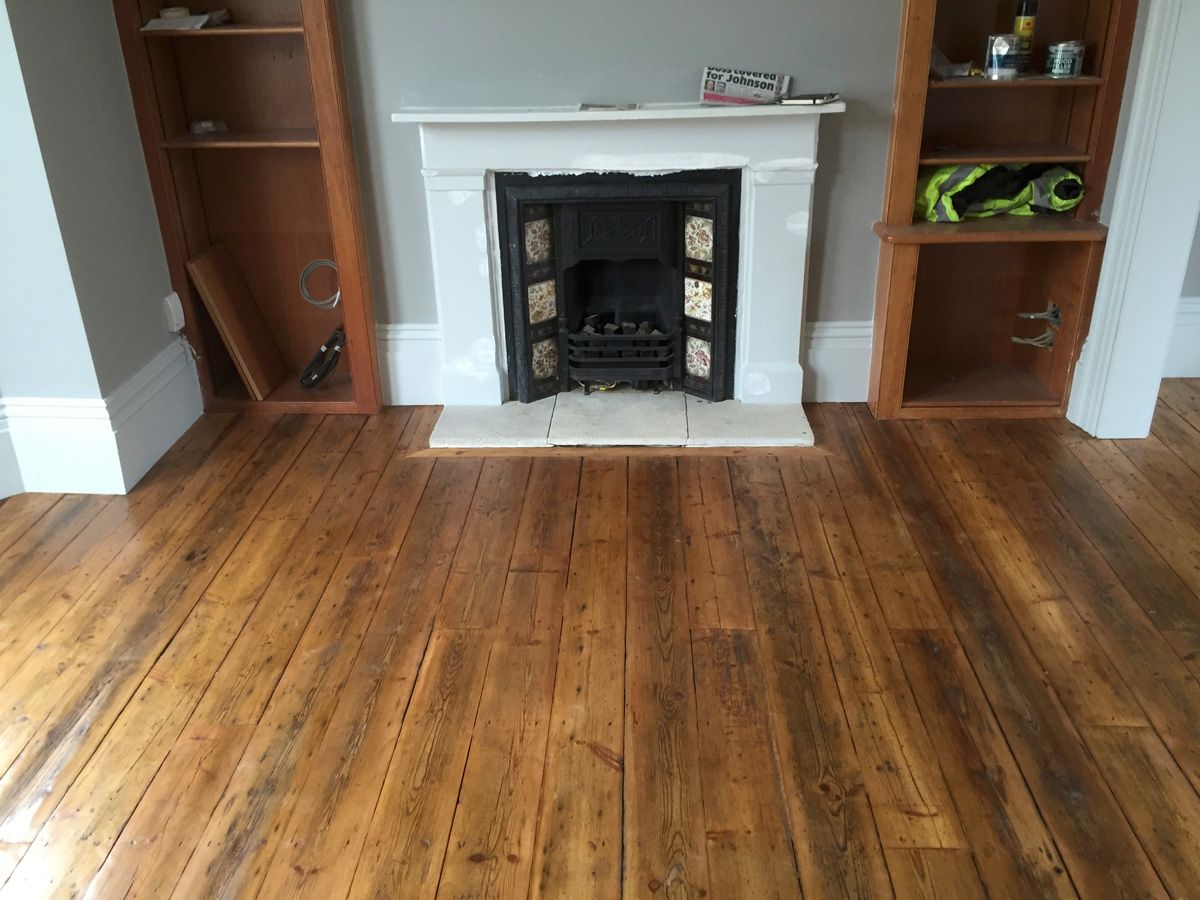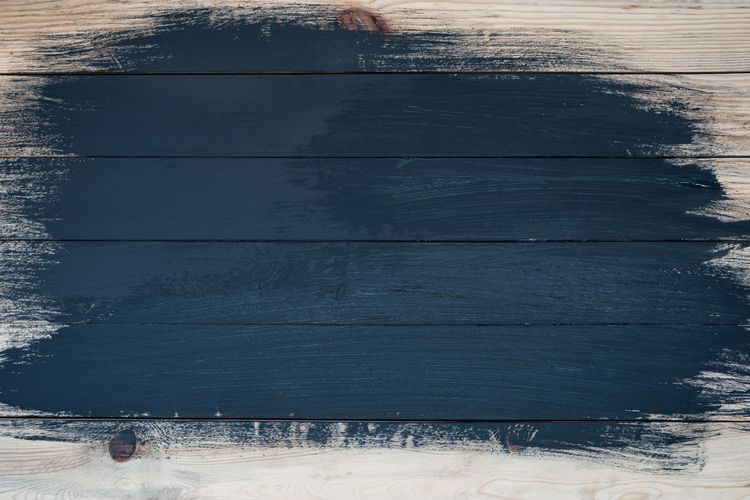Rules for restoring Victorian flooring - valid methods and referral to specialists

Victorian floors, with their historical significance and elegant beauty, deserve careful and professional maintenance. Over time, even the most durable floors can lose their original appearance due to wear, damage and environmental exposure. Restoring such floors requires not only a careful approach, but also knowledge of modern restoration methods. In this article, we will review the basic rules of Victorian floor restoration, discuss current methods, and tell you when it's worth contacting the experts to preserve the unique character and longevity of your floor.

Problems that can occur with wood flooring
-
Scratches and imperfections Scratches on wood floors often don't go deeper than the top layer of the flooring, so they're not difficult to disguise or repair with polishing or restoration of the protective layer.
-
Peeling boards Peeling planks are most often the result of improper installation or use of the floor. This can lead to compromised flooring integrity and the need for repair.
-
Sagging Floor sags can occur due to inadequate support or problems with the subfloor. They require timely correction to prevent further damage to the floor structure.
-
Floor warping Floor warping occurs due to changes in humidity and temperature. Wood can expand or contract, causing warping or splits between planks.
-
Mold Mold on wood floors is a serious problem often associated with high humidity and poor ventilation. It requires immediate remediation to avoid floor damage and negative health effects.
-
Darkened areas Darkened areas of the floor can be caused by exposure to water or chemicals. This not only ruins the appearance of the floor, but can also indicate more serious problems.
-
A tired appearance is the loss of wood color Over time, wood floors can lose their original color and luster. This happens due to exposure to sunlight, wear and tear, and lack of maintenance.
-
Mechanical damage Mechanical damage such as dents and cracks can occur due to dropping heavy objects or heavy use. They require repair or replacement of damaged areas.
How long does a wooden floor last on average
On average, a wooden floor can last about 10 years. However, its longevity is highly dependent on a number of conditions, such as humidity levels, temperature, intensity of use and quality of care. Proper maintenance and timely repairs can significantly extend the life of a wood floor, keeping it beautiful and functional for years to come.
Stages of floor restoration

Condition Assessment
The first step in the floor restoration process is to thoroughly assess the condition of the floor. Determine the presence of scratches, dents, stains, warping, and other damage. This will allow you to accurately understand the scope of work and the restoration methods needed.
Calculation of materials
Based on the assessment, make a list of the materials needed. Include replacement boards, sanding materials, polishing supplies and protective coatings. Proper material calculations will help avoid unforeseen delays in the work process.
Preparing for the work
Before you start work, you need to prepare all the necessary tools. The list may include sanders, vacuum cleaners, polishers, brushes, rollers and protective equipment (gloves, masks).
Replacing damaged areas
Remove any boards that are beyond repair and replace them with new ones. This is important to ensure the integrity and longevity of the floor. New boards should match the existing flooring in size and wood type.
Repairing mechanical damage
After replacing damaged boards, repair any minor defects such as scratches and dents. Use wood filler to fill cracks and small holes, and then sand these areas thoroughly.
Sanding
Sanding is one of the key steps in restoring a floor. Use a sander to remove the old finish and smooth the surface. Start with a coarse grit sandpaper and gradually move to finer grit to achieve a smooth surface.
Polishing the floor
After sanding, polish the floor to give it a smooth and shiny finish. This will help prepare the surface for the application of a protective coating and improve the appearance of the floor.
Applying the protective coating
The final step is to apply a protective coating. This can be lacquer, oil or polyurethane. Apply the coating in even layers, allowing each layer to dry completely before applying the next. The protective coating will help extend the life of the floor and keep it looking good.
By following these steps, you'll be able to restore your Victorian floor to its original beauty and functionality in a quality manner.

Should you trust the professionals or do it yourself?
When it comes to restoring your Victorian floor, it's best to call in the professionals. While doing the work yourself may seem appealing in terms of saving money, in practice it can result in a lot of time, effort and money. Here are a few reasons why you should trust the professionals:
- Cost savings: Professionals already have all the tools and equipment they need to get the job done. Buying or renting tools can be costly, especially since you may only need them for a short time.
- Experience and expertise: Professionals have a lot of experience and expertise in floor restoration. They know many nuances and subtleties that may be critical to the success of the job. This avoids mistakes and ensures a high quality result.
- Speed and efficiency: Professionals will get the job done much faster and more efficiently. They have proven techniques and skills that optimize the floor restoration process.
- Quality Guarantee: Contacting professionals provides a guarantee on the work done. If any problems arise, they will be able to fix them quickly and efficiently.
- Risk Avoidance: Improper floor restoration work can lead to damage to the floor, which will require additional repair costs. Professionals know how to avoid such situations and minimize the risks.
In the end, turning to professionals for Victorian floor restoration is a smarter and more cost-effective decision. It not only saves you time and money, but also allows you to get a quality result that will last for years to come.



